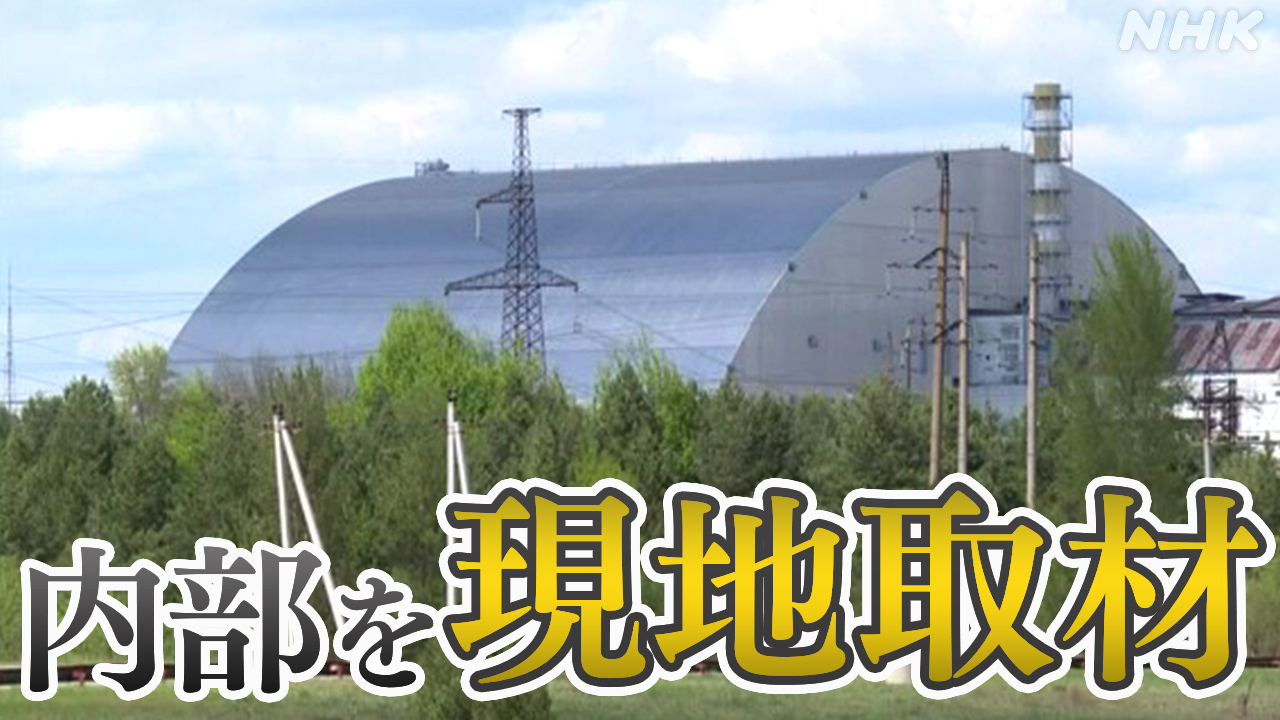Damaged Chernobyl Shelter: Ongoing Concerns and the Urgent Need for a Safe Solution
The Chernobyl disaster, a catastrophic nuclear accident that occurred in 1986, continues to cast a long shadow. While the immediate aftermath saw widespread devastation and displacement, the long-term implications remain a significant concern, particularly regarding the structural integrity of the Chernobyl New Safe Confinement (NSC), the massive arch-shaped structure built to encase the damaged reactor. This article delves into the ongoing concerns surrounding the damaged Chernobyl shelter and the crucial need for a sustainable solution.
The Aging Chernobyl New Safe Confinement (NSC)
The NSC, completed in 2016, was a monumental engineering feat designed to contain the radioactive debris from the exploded reactor. However, this colossal structure isn't immune to the ravages of time and the harsh environmental conditions of the Chernobyl Exclusion Zone. Ongoing concerns include:
- Corrosion: The relentless exposure to elements like rain, snow, and extreme temperature fluctuations accelerates the corrosion of the steel structure. This poses a significant threat to the long-term stability of the NSC.
- Seismic Activity: The region is prone to seismic activity, posing a potential risk to the NSC's structural integrity. Even minor tremors could cause cracks or further damage to the already stressed structure.
- Radioactive Decay: The ongoing radioactive decay within the NSC continues to produce heat, placing additional stress on the structure and its materials. The long-term effects of this radiation on the NSC's lifespan are still being studied.
- Maintenance Challenges: Maintaining such a large and complex structure in a remote and hazardous environment presents significant logistical and financial challenges. Ensuring regular inspections and timely repairs is crucial.
The Importance of Continued Monitoring and Maintenance
Regular inspections and comprehensive monitoring are vital to assess the NSC's current condition and predict potential future issues. Experts employ a range of sophisticated technologies, including:
- Drone surveys: These provide high-resolution images and data to assess the structure's condition from a safe distance.
- Structural health monitoring systems: These embedded sensors provide real-time data on stress, strain, and other critical parameters, allowing for early detection of potential problems.
- Remote sensing techniques: Satellite imagery and other remote sensing techniques help to monitor the overall condition of the NSC and the surrounding area.
Long-Term Solutions and Future Planning
The current situation necessitates a long-term strategy that goes beyond immediate maintenance. This includes:
- Investing in advanced materials: Future constructions and upgrades should incorporate more resilient materials that can withstand harsh environmental conditions and prolonged exposure to radiation.
- Developing innovative monitoring technologies: Continuous advancements in technology can offer more precise and efficient monitoring systems, improving our ability to anticipate and address potential problems proactively.
- International Collaboration: The Chernobyl disaster is a global concern. Continued international cooperation and funding are essential to ensure the long-term safety and stability of the NSC.
Conclusion: A Continuing Challenge
The damaged Chernobyl shelter and the challenges associated with the NSC highlight the enduring consequences of the 1986 disaster. Addressing these ongoing concerns requires a multi-faceted approach involving continuous monitoring, proactive maintenance, and strategic long-term planning. The international community must remain committed to ensuring the safe and permanent containment of the radioactive materials within the Chernobyl Exclusion Zone, safeguarding the environment and protecting future generations. Further research and investment are crucial to mitigating the risks and ensuring the stability of the NSC for years to come.
Keywords: Chernobyl, Chernobyl disaster, Chernobyl New Safe Confinement, NSC, nuclear disaster, radioactive waste, nuclear safety, environmental remediation, structural integrity, corrosion, seismic activity, radiation, maintenance, monitoring, international collaboration, long-term solutions.
